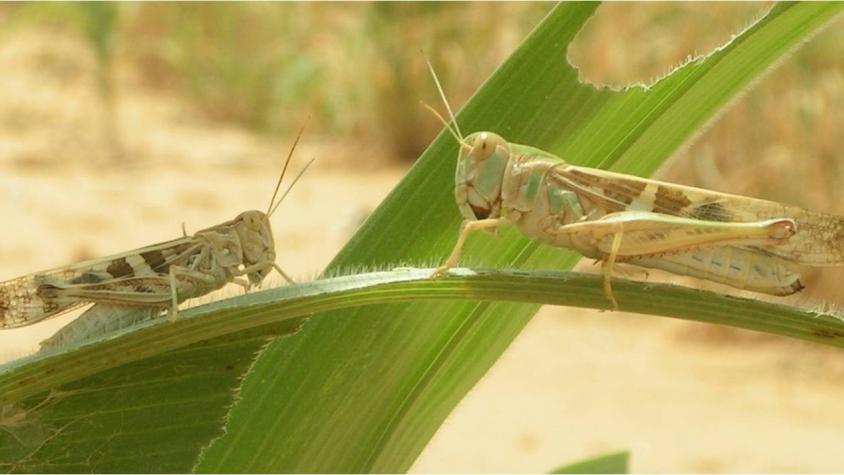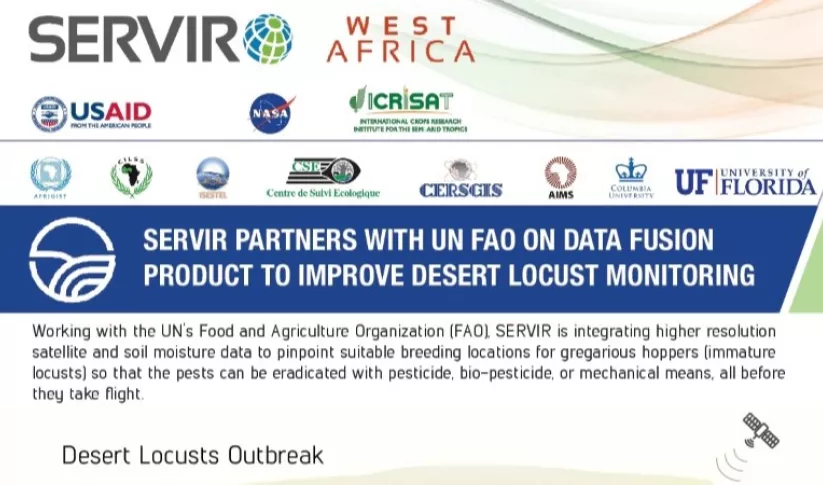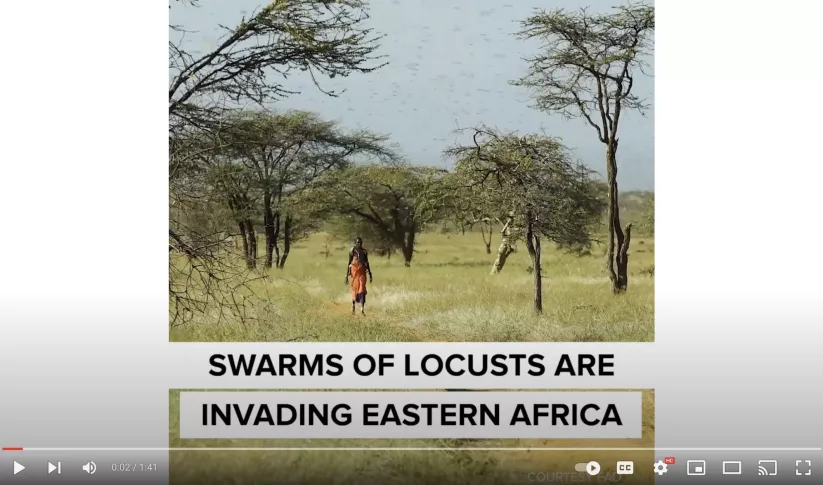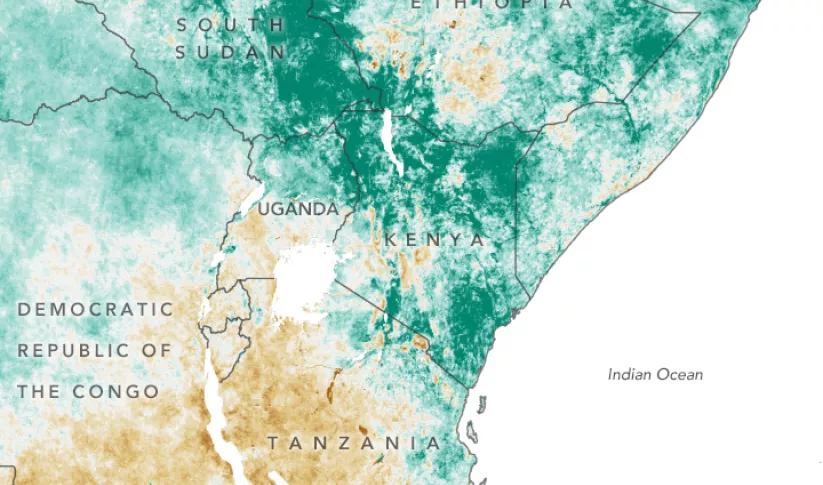Locust Monitoring

The primary objective of the P-Locust service is to enhance the monitoring and prevention efforts against locust population growth. It models the variables that determine locust development and gregarization in order to calculate the risk of outbreaks. The P-Locust tool combines a model on the presence or absence of transient phases of the species, biotopes’ ecological conditions with gregarization thresholds for both juveniles and flying adults. The pilot zone for the prototype is western Mauritania and southern Morocco. Once fully operational, the P-Locust platform will cover the Sahelian desert locust front-line countries (Mauritania, Mali, Niger and Chad), as well as other Western Region Commission for Desert Locust Control (CLCPRO) member countries including: Burkina Faso, Senegal, Morocco, Algeria, Tunisia, and Libya.
Rationale
Desert locust breeding and gregarization areas span the western region of Africa. National control agencies face constraints that inhibit predicting, targeting, and controlling outbreaks. Reinforcing the capacity of monitoring teams through decision-support tools can improve locust monitoring and response efforts. The actors in charge of locust monitoring and control expressed the need to make an operational outbreak prediction tool. Earth observation data will permit a more efficient monitoring of locust breeding and swarming areas, as well as forecasting and preventing upsurges and/or invasions of locusts. This will minimize the socio-economic and environmental impacts linked to locust control while reducing the control teams’ workload. This service adds spatial and temporal precision to the RAMSES platform, an FAO database used to monitor and report on the desert locust.
-
Users
FAO
Desert Locust Control Commission for the Western Region (CLCPRO)
National Locust Control Unit (Mauritania, Mali, Niger, Chad, Senegal and Burkina Faso)
-
Fact Sheet: Desert Locust Monitoring

This fact sheet highlights how SERVIR is using satellite data to pinpoint breeding locations for locusts so that the pests can be eradicated before they take flight.
-
Video: Using Satellite Data to Monitor Locust Swarms in Eastern Africa

SERVIR Global is using NASA satellites to guide USAID and FAO resources on the ground to fight locusts in east Africa.


